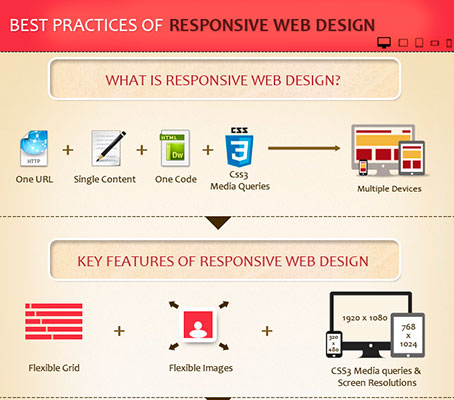Crafting A User-Friendly Website: Approaches And Methods For Reliable Website Design
Crafting A User-Friendly Website: Approaches And Methods For Reliable Website Design
Blog Article
Writer-Hammer Crews
Master the art of web design by focusing on user experience. Craft user-friendly navigating and select mobile optimization to improve the surfing experience. Guarantee easy navigating with clear headings and appealing visuals. Prioritize mobile responsiveness for a constant user experience. By including these essential style principles, you can produce an easy to use web site that astounds visitors.
Important Layout Concepts
When designing a website, prioritize individual experience most importantly else. Your major goal must be to develop a seamless and delightful experience for your site visitors. Begin by ensuring that your website is easy to browse. Use clear headings, arranged menus, and intuitive buttons to guide customers through your web content easily. Keep in mind, simpleness is key. Avoid littering your web pages with unneeded elements that can bewilder or puzzle your target market.
One more crucial style principle is to see to it your internet site is visually enticing. Select a natural color pattern, top quality photos, and legible font styles to improve the total look of your website. Consistency is critical in establishing a solid brand identification and making your site a lot more remarkable to customers.
In addition, focus on mobile responsiveness. With even more individuals surfing the net on their smartphones and tablet computers, it's essential that your internet site looks and works well on all devices. Examine your site on various screen sizes to guarantee a seamless experience for all customers. By concentrating on these important design concepts, you can produce a straightforward website that maintains site visitors coming back for even more.
User-Focused Navigation
To enhance individual engagement and improve their searching experience, prioritize producing instinctive navigation paths that guide site visitors seamlessly with your site. Clear and Crawled navigating is critical for helping customers discover the info they require promptly and effectively. Beginning by keeping your menu structure basic and understandable. Usage descriptive tags that plainly suggest what web content can be discovered under each menu option. Additionally, consider applying dropdown food selections for subcategories to stop congestion the major navigation bar.
One more essential element of user-focused navigation is making use of breadcrumbs. Breadcrumbs are an additional navigating help that reveals users their present place on the web site and permits them to quickly browse back to previous web pages. This feature is particularly useful for customers who enter your site with a deep link or an internet search engine result.
Additionally, incorporating search functionality plainly on your internet site can better improve individual navigating. A search bar allows individuals to quickly locate particular web content without needing to click with multiple web pages. Make certain that your search bar is quickly noticeable and available on every web page of your website for optimum use. By focusing on user-focused navigation techniques, you can produce a much more intuitive and delightful browsing experience for your visitors.
Mobile Optimization Techniques
Think about enhancing your site for mobile phones to make sure a smooth user experience throughout various display sizes. Mobile optimization is important in today's digital landscape where a significant section of web surfing takes place on mobile phones and tablets.
To improve mobile use, begin by carrying out responsive design methods. This technique permits your site to adjust to different display measurements, keeping capability and appearances.
Concentrate on maximizing packing times for mobile customers. Slow-loading web sites can discourage site visitors and impact your search engine rankings. Press images, reduce HTTP requests, and utilize web browser caching to enhance loading rate. Additionally, focus on content hierarchy for mobile displays. Guarantee that necessary details is prominently displayed, and navigation is intuitive, advertising simple accessibility to crucial sections.
Utilize touch-friendly components such as bigger buttons and structured kinds to facilitate interaction on smart phones. Conduct extensive testing across various mobile platforms to determine and correct any type of use problems.
Verdict
In conclusion, grasping the art of website design is vital for creating an easy to use site. By integrating necessary design principles, user-focused navigating, and mobile optimization methods, you can make certain a smooth and pleasurable experience for your site visitors.
For example, a neighborhood pastry shop saw a 30% increase in online orders after overhauling their internet site to be much more easy to use and mobile-responsive. Remember, a well-designed website can make all the difference in drawing in and maintaining consumers.
